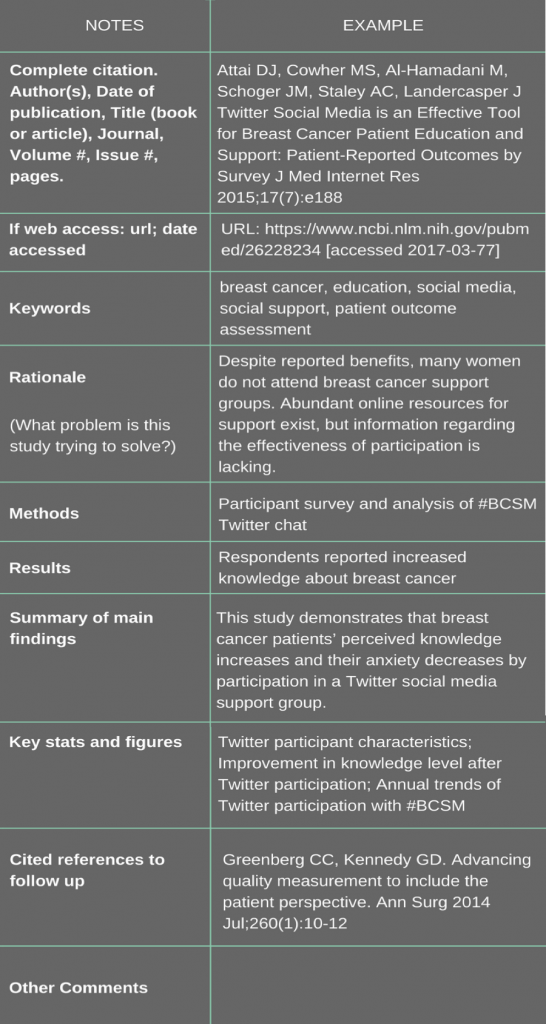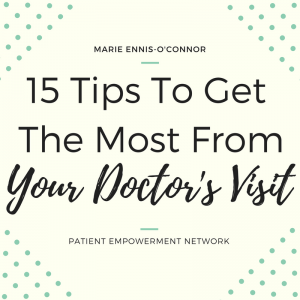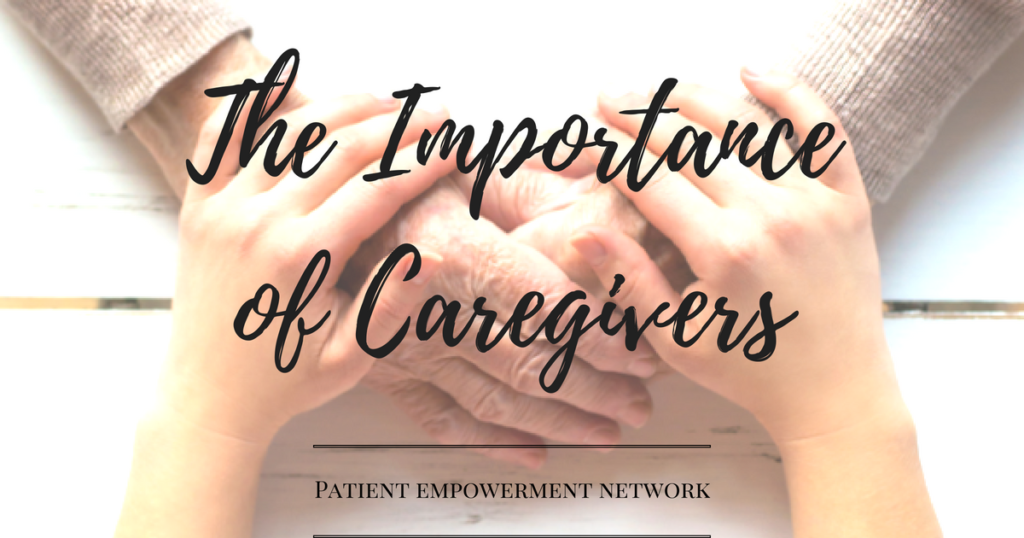How To Cope With Cancer-Related Fatigue
We all know what it’s like to feel tired – physically, mentally and emotionally, but usually after some relaxation and a good night’s sleep, we are ready to take on the world again. When you have cancer, though, rest often isn’t enough. Fatigue caused by cancer and its treatments takes a toll on your stamina along with the emotional effects of cancer. Being diagnosed with cancer is highly stressful and we know that stress affects your state of mind, your sleep, and your energy levels too. Even after adequate sleep or rest, you still feel tired and unable to do the normal, everyday activities you did before with ease. You experience a persistent, whole-body exhaustion. You may find it hard to concentrate or to engage in your usual activities.
What is cancer-related fatigue?
Cancer-related fatigue (CRF) is increasingly recognised as one of the most common and distressing side effects of cancer and its treatments. It has a negative impact on work, social relationships, mood, and daily activities and causes significant impairment in overall quality of life. It has been estimated that from one quarter to nearly all cancer patients experience fatigue during and after treatment. Although CRF generally improves after therapy is completed, some level of fatigue may persist for months or even years following treatment. Studies of long-term breast cancer survivors suggest that approximately one-quarter to one-third experience persistent fatigue for up to 10 years after cancer diagnosis.
Some symptoms of cancer-related fatigue, according to the American Cancer Society are:
- A constant feeling of tiredness that doesn’t ever go away or get better
- Being more tired than usual before, during, or after activities
- Feeling too tired to perform normal routine tasks
- Feeling general weakness or lethargy
- Lacking energy
- Being tired even after a good night’s sleep
- Inability to concentrate or focus
- Inability to remember
- Being sad, irritable or depressed
- Easily frustrated or angered
- Trouble sleeping/insomnia
- Difficulty moving arms or legs
What medical help is available for cancer-related fatigue?
A lot of cancer patients do not report fatigue to their doctors because they think that nothing can be done for it. In fact, there are things that can be done to alleviate the debilitating effects of CRF. If left untreated, fatigue may lead to depression and profoundly diminish your quality of life, so it’s important that you speak to your doctor if fatigue is an issue for you.
Before you can address CRF specifically, your doctor needs to determine if there are any underlying medical issues which may be contributing to your fatigue. For example, if you are anaemic, you may need to take nutritional supplements like iron. Sometimes fatigue is confused with depression. It’s important, therefore, to be evaluated to distinguish between the two. You may experience one or the other, or both at once. But they are not the same. You may need treatment for depression before you can adequately deal with your fatigue.
6 Everyday Strategies To Cope With CRF
Making some adjustments to your everyday routines can also help you cope with CRF. Here are 6 ways to do this.
1. Make deposits in your ‘energy bank’
Don’t expect to be able to do what you could do before cancer. Know your limits and don’t expect too much of yourself. You may find it helpful to think of your energy reserves as your ‘energy bank’. Whenever you do an activity you make a withdrawal. And when you rest you make a deposit. It’s important to balance withdrawals with deposits. If you keep doing too much whenever you feel like you have energy, you’ll run out completely and not have any reserves left for the things that are important.
2. Plan your day
Planning is key when you have fatigue. Write a ‘To Do’ list each evening so you can prioritize the things you need to do the next day. By prioritizing in this way, you can use your energy on the activities most important to you. Spread your activities throughout the day during times when you feel best and take rest breaks in between activities.
3. Keep a fatigue diary
Keeping a fatigue diary – where you score your fatigue each day on a scale from 1 to 10, and record your activities – can help you think about patterns in your energy levels throughout the day. This can make it easier to plan your activities for the times when you have more energy.
4. Do some regular light exercise
Although exercising may be the last thing you feel like doing, if you don’t exercise, you’re more likely to experience fatigue. In fact, a new study found that exercise and psychological interventions may be powerful tools in combatting cancer-related fatigue. Research has shown that there are many benefits to exercise. Not only does it help reduce the symptoms of fatigue, exercise encourages your body to release endorphins – often called ‘feel good hormones’. When released, endorphins can lift your mood and sense of well-being.
5. Eat healthily
When we are exhausted, we tend to gravitate towards processed, junk food which depletes our energy reserves further. Follow a well-balanced diet (high in protein and carbohydrates, low in sugar) and drink plenty of fluids to avoid dehydration.
6. Adjust your work schedule
Talk to your employer about making adjustments to your work schedule. Discuss the possibility of flexible working hours, reduced working hours or working from home. Ask colleagues to help you with some of your work. Talk to your occupational health adviser if you have one. They have a duty to support you doing your job and help you with any health problems that may affect your work.
Though fatigue is a common symptom when you have cancer, there are steps you can take to reduce or cope with it. There’s no one way to diagnose or treat cancer-related fatigue. Try some or all of these coping tips until you find what works for you.

A Stanford Medicine X e-Patient scholar, Marie Ennis O’Connor is an internationally recognized keynote speaker, writer, and consultant on global trends in patient engagement, digital health and participatory medicine. Marie’s work is informed by her passion for embedding the patient voice at the heart of healthcare values. She writes about the experience of transitioning from breast cancer patient to advocate on her award-winning blog Journeying Beyond Breast Cancer.




 Have you ever had the experience of leaving the doctor’s office wishing you had remembered to ask a certain question? Or have you left it until the very end to tell your doctor about the real reason for your visit? These so-called “doorknob” questions – bringing up an important concern just as you are leaving the office – can mean your doctor won’t have time to adequately address your concerns. When the average time it takes for a doctor’s visit is fifteen minutes, it’s easy to feel rushed and forget what you wanted to say, or to leave an appointment unsure of the information you have heard. But with a little advance preparation you can learn how to make the most of those fifteen minutes. Follow these fifteen tips to become a more empowered and engaged partner in your own health – and the health of those you care for.
Have you ever had the experience of leaving the doctor’s office wishing you had remembered to ask a certain question? Or have you left it until the very end to tell your doctor about the real reason for your visit? These so-called “doorknob” questions – bringing up an important concern just as you are leaving the office – can mean your doctor won’t have time to adequately address your concerns. When the average time it takes for a doctor’s visit is fifteen minutes, it’s easy to feel rushed and forget what you wanted to say, or to leave an appointment unsure of the information you have heard. But with a little advance preparation you can learn how to make the most of those fifteen minutes. Follow these fifteen tips to become a more empowered and engaged partner in your own health – and the health of those you care for.



